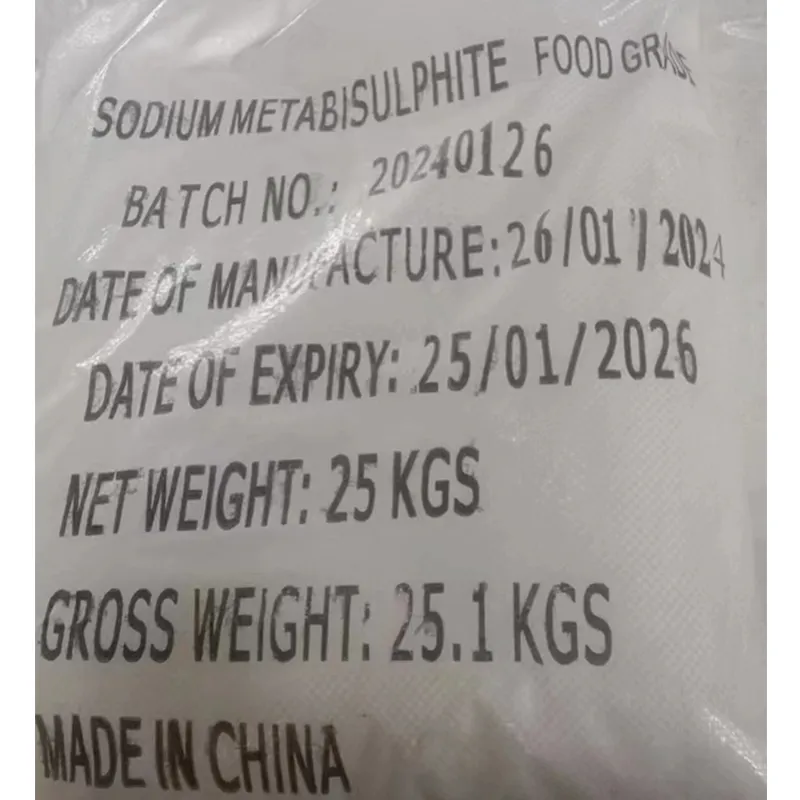
aluminum hydroxide to aluminum
The Conversion of Aluminum Hydroxide to Aluminum A Technical Overview
Aluminum is one of the most abundant elements on Earth and has numerous applications across various industries, including construction, transportation, and packaging. One of the key components in the production of aluminum is aluminum hydroxide, a compound that serves as an important intermediate in the metallurgical processes used to extract aluminum from its ores. This article explores the process of converting aluminum hydroxide to aluminum, examining the chemical reactions involved and their significance in industrial applications.
Aluminum hydroxide (Al(OH)₃) is primarily obtained from bauxite ore, which is primarily composed of aluminum oxide (Al₂O₃). The Bayer process is commonly employed to refine bauxite into alumina, or aluminum oxide. In this process, bauxite is crushed and treated with sodium hydroxide at elevated temperatures. This treatment dissolves the aluminum-bearing minerals while leaving impurities behind. The resulting solution is then allowed to settle, whereby aluminum hydroxide precipitates out. After filtering and washing, the aluminum hydroxide is obtained as a white powder, which can be calcined to produce alumina.
The conversion of aluminum hydroxide to aluminum typically involves a high-temperature process known as pyrometallurgy. The primary method used for this transformation is the Hall-Héroult process, a highly energy-intensive electrolytic reduction technique. Before this process can take place, aluminum hydroxide is first converted to alumina through calcination. During calcination, aluminum hydroxide is heated to about 1000-1100 degrees Celsius, where it decomposes into alumina (Al₂O₃) and water vapor
\[ 2 Al(OH)₃ (s) \rightarrow Al₂O₃ (s) + 3 H₂O (g) \]
Once the alumina is obtained, it can be subjected to electrolysis in a molten cryolite bath (Na₃AlF₆). The Hall-Héroult process involves passing a direct current through the molten mixture, which initiates the reduction of alumina at the carbon anode, where aluminum metal is formed. The overall reaction can be simplified as follows
aluminum hydroxide to aluminum

\[ 2 Al₂O₃ (l) + 3 C (s) \rightarrow 4 Al (l) + 3 CO₂ (g) \]
In the electrolytic cell, aluminum ions migrate toward the cathode, where they gain electrons and transform into molten aluminum, while oxygen is released at the anode, generating carbon dioxide as a byproduct.
The efficiency and sustainability of this conversion process have been subjects of ongoing research and development. The Hall-Héroult process is known for its high energy consumption, which has prompted investigations into alternative methods that may lower the energy requirements or utilize renewable energy sources. Innovations such as inert anodes, which eliminate the production of carbon dioxide, are being explored to make the aluminum production process more environmentally friendly.
Another aspect worth mentioning is the recycling of aluminum, which is significantly more efficient than primary production. The recycling process, known as secondary aluminum production, involves melting scrap aluminum directly without the need to convert aluminum hydroxide back to aluminum. This method conserves energy and reduces the carbon footprint associated with primary aluminum production.
In conclusion, the conversion of aluminum hydroxide to aluminum is a crucial step in the aluminum manufacturing process. Through a series of well-defined chemical reactions and sophisticated industrial techniques, aluminum is produced that is vital to modern society. As the demand for aluminum continues to grow, advancing production technologies while addressing environmental challenges will be essential for ensuring a sustainable future for the aluminum industry.
-
Buy High-Quality Trichloroisocyanuric Acid for Sale | TCCA 90% SupplierNewsAug.30,2025
-
Pure Sodium Dichloroisocyanurate Dihydrate | Powerful DisinfectantNewsAug.29,2025
-
Industrial Chemicals: Quality & Purity for Every IndustryNewsAug.28,2025
-
Nitrile Rubber Honoring Strict Production StandardsNewsAug.22,2025
-
Aspartame Ingredients Honoring Food Safety ValuesNewsAug.22,2025
-
Fertilizer for Balanced Plant NutritionNewsAug.22,2025
-
Cyanide Gold Processing with High Purity AdditivesNewsAug.22,2025
Hebei Tenger Chemical Technology Co., Ltd. focuses on the chemical industry and is committed to the export service of chemical raw materials.
-

view more DiethanolisopropanolamineIn the ever-growing field of chemical solutions, diethanolisopropanolamine (DEIPA) stands out as a versatile and important compound. Due to its unique chemical structure and properties, DEIPA is of interest to various industries including construction, personal care, and agriculture. -

view more TriisopropanolamineTriisopropanolamine (TIPA) alkanol amine substance, is a kind of alcohol amine compound with amino and alcohol hydroxyl, and because of its molecules contains both amino and hydroxyl. -

view more Tetramethyl Thiuram DisulfideTetramethyl thiuram disulfide, also known as TMTD, is a white to light-yellow powder with a distinct sulfur-like odor. It is soluble in organic solvents such as benzene, acetone, and ethyl acetate, making it highly versatile for use in different formulations. TMTD is known for its excellent vulcanization acceleration properties, which makes it a key ingredient in the production of rubber products. Additionally, it acts as an effective fungicide and bactericide, making it valuable in agricultural applications. Its high purity and stability ensure consistent performance, making it a preferred choice for manufacturers across various industries.





